Special Report
More Superspreader Events Are Coming; Scientists Are Worried
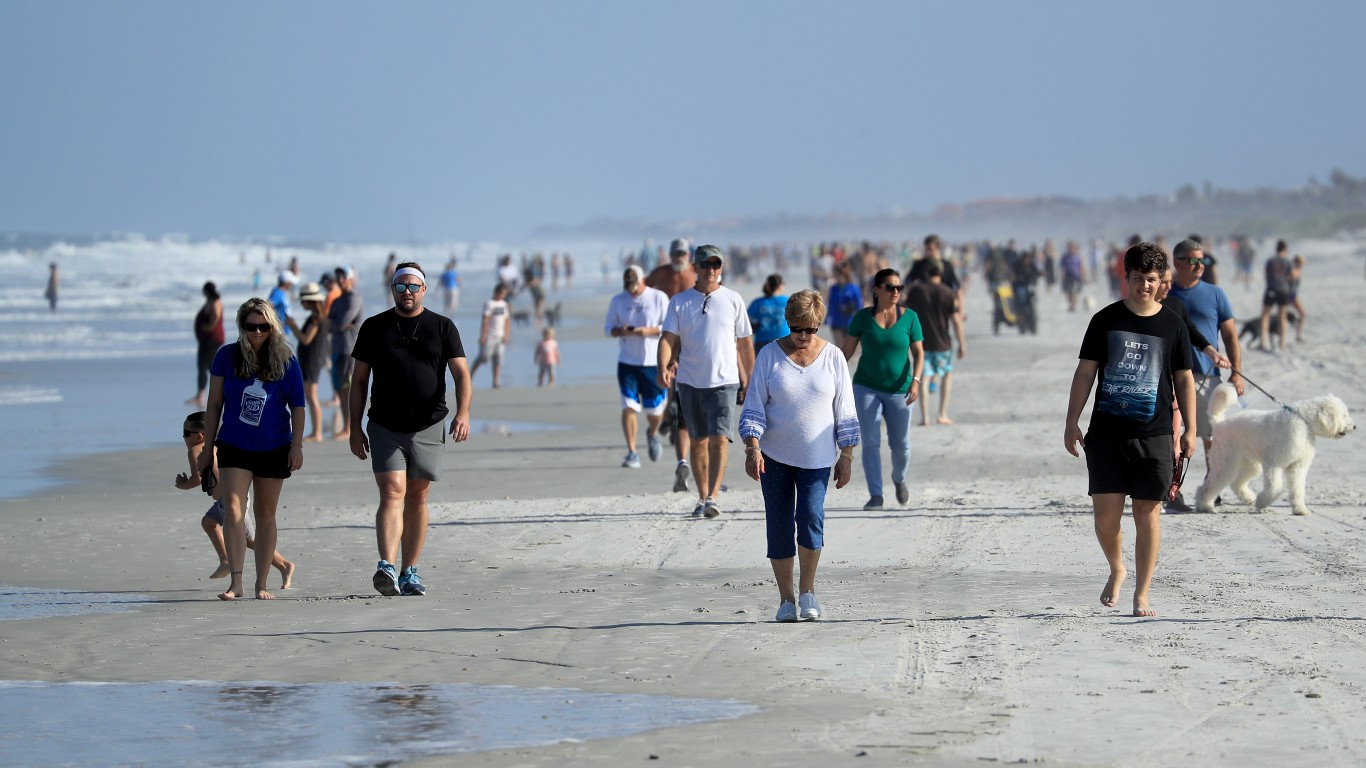
Published:

The rate of new cases of COVID-19 continues to drop and the effort to get back to “normal” has become a race between vaccination on one hand and what many experts believe is a careless effort to reopen the economy on the other. Texas Gov. Gregory Abbott’s decision to drop the mask mandate in his state, the nation’s second largest, is particularly worrisome to those experts who believe vaccination rates need to rise significantly before unmasked public gatherings begin. (This is when Americans can stop wearing face masks according to Dr. Fauci.)
Confirmed COVID-19 cases in the U.S. currently number 29,293,090. The rate at which they rise on a daily basis has dropped by two-thirds in the past two months. However, this country still accounts for about 25% of all those in the world. The number of fatal cases has reached 530,614, a fifth of the global total.
Happily, the national vaccination rate has been rising steadily over the past three weeks, with about 18% of the population having now received at least one dose, and just under 10% having gotten two. A total of 93,692,598 of the 123,232,775 doses delivered have been administered thus far. (These are the states where the most people are refusing the COVID-19 vaccine.)
One thing that’s causing public health officials high anxiety, however, is the return of so-called superspreader events. The term is used to describe large groups gathering in close quarters without masks and social distancing — conditions under which the virus is almost certain to infect more people.
Click here to see more superspreader events that are coming and why scientists are worried
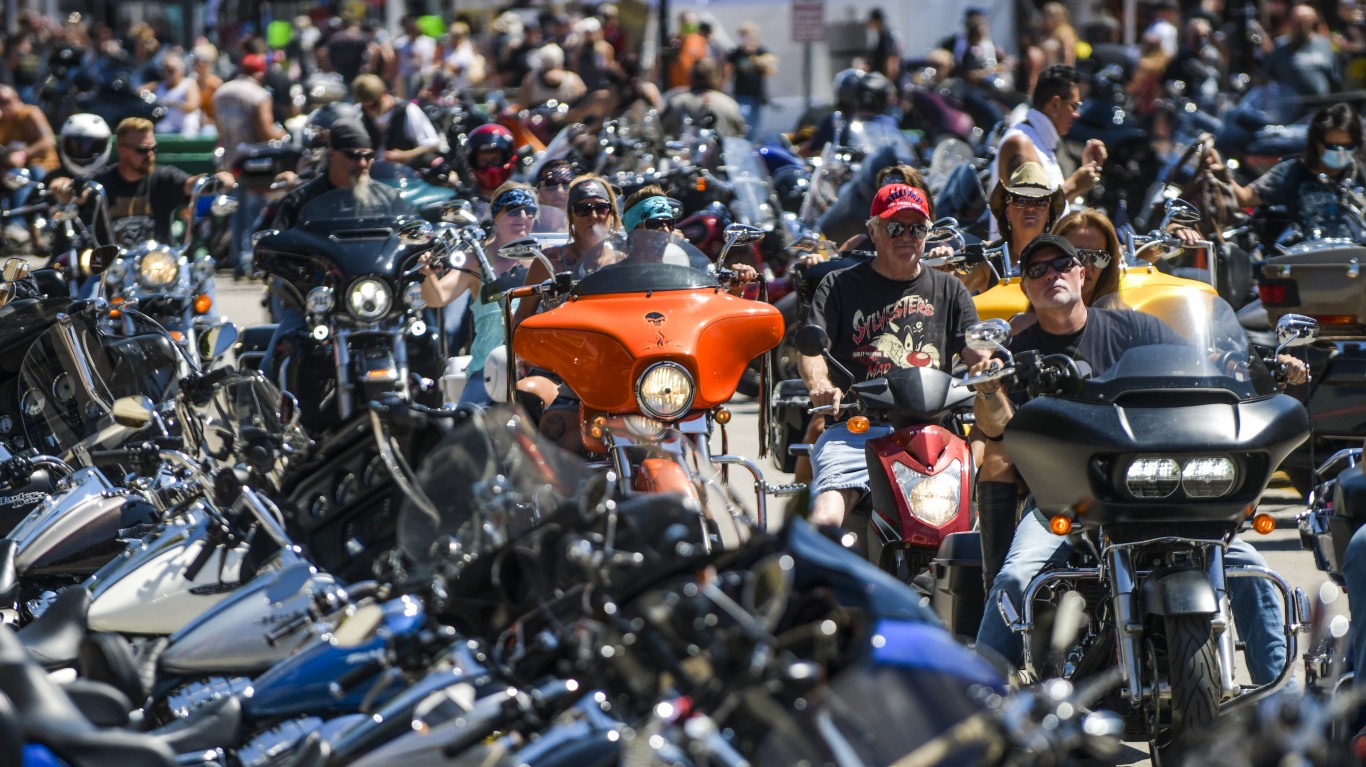
Superspreader events have already taken their toll
Thousands of superspreader events have been reported since the start of the COVID-19 pandemic last January. One of the most notorious of these was the Sturgis Motorcycle Rally, which drew 462,000 biker enthusiasts to South Dakota in August of last year. WebMD cited researchers at San Diego State University and an independent research institute as claiming that the rally was “responsible for more than 260,000 cases of COVID-19 — or 19% of the 1.4 million new COVID-19 cases from Aug. 2 to Sept. 2.”
[in-text-ad]

Another major superspreader event may be on the way
Vaccination rates are not yet high enough yet to allow large public gatherings without enforced social distancing and mask wearing. One leading scientist who has been an important authority on the pandemic pointed to spring break as a danger. With the exception of last year, spring break traditionally brings tens of thousands of college students to the southeast Florida coast. It is the “perfect storm,” Dr. Peter Hotez, dean of the National School of Tropical Medicine at Baylor College of Medicine told CNN.

New variants might spread more rapidly
Dr. Hotez points to the relatively new B.1.1.7 variant, first identified in the United Kingdom, and a particular problem. The CDC Variant Tracker shows it is the most widespread variant, currently present in 49 states. One worry about the variant is that it appears to spread more quickly than the version of the disease that infected most Americans during 2020 and early 2021. The New York Times reports that the U.K. variant “has likely grown to account for more than 20 percent of new U.S. cases as of this week, according to an analysis of data from Helix, a lab testing company.”
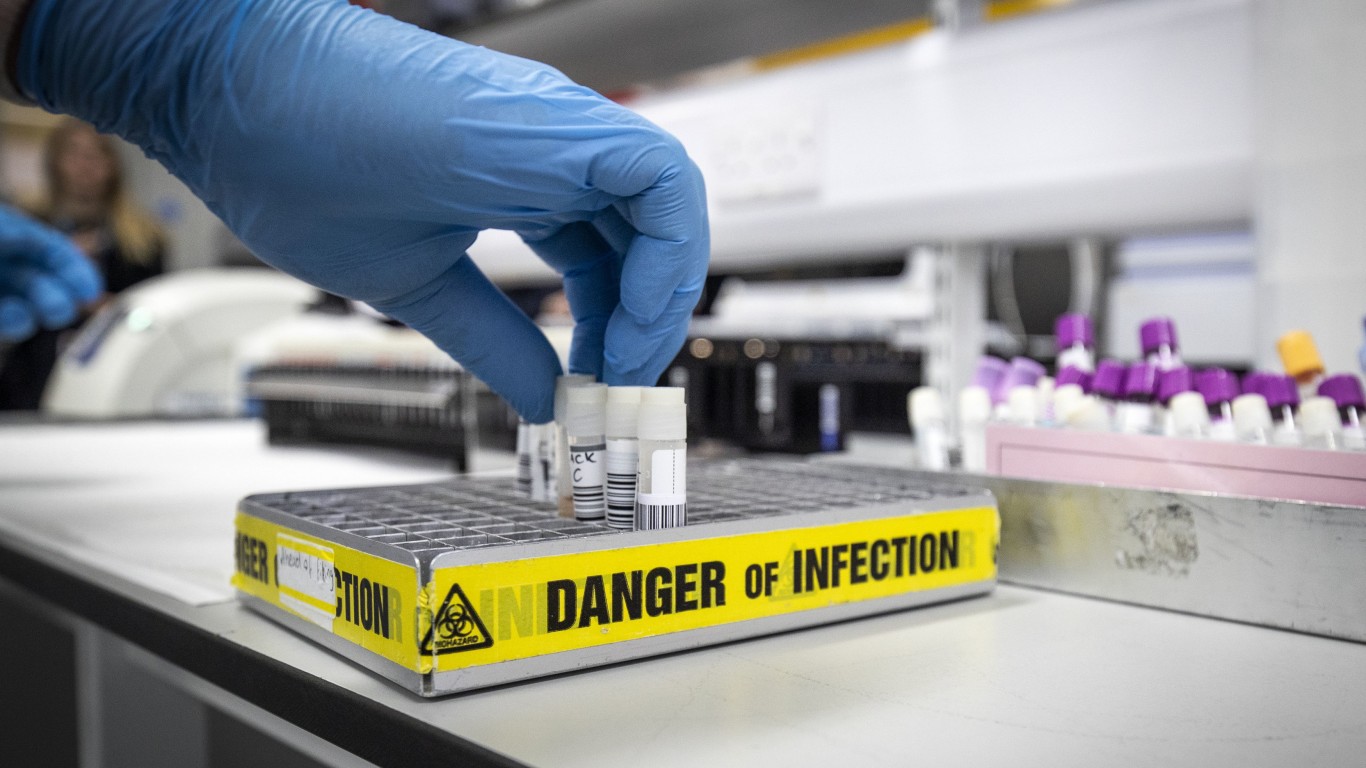
The B.1.1.7 variant isn’t the only danger
The B.1.1.7 variant is not the only one tracked by the Centers for Disease Control and Prevention. Two others have become widely reported. These are the B.1.351 variant, which has been diagnosed in 20 states, and the P.1, which has been found in nine.
At least one additional variant has been discovered in California. According to the Mercury News, “There is also another variant of concern in California, what appears to be a homegrown variant known as B.1.427 and B.1.429.”
[in-text-ad-2]
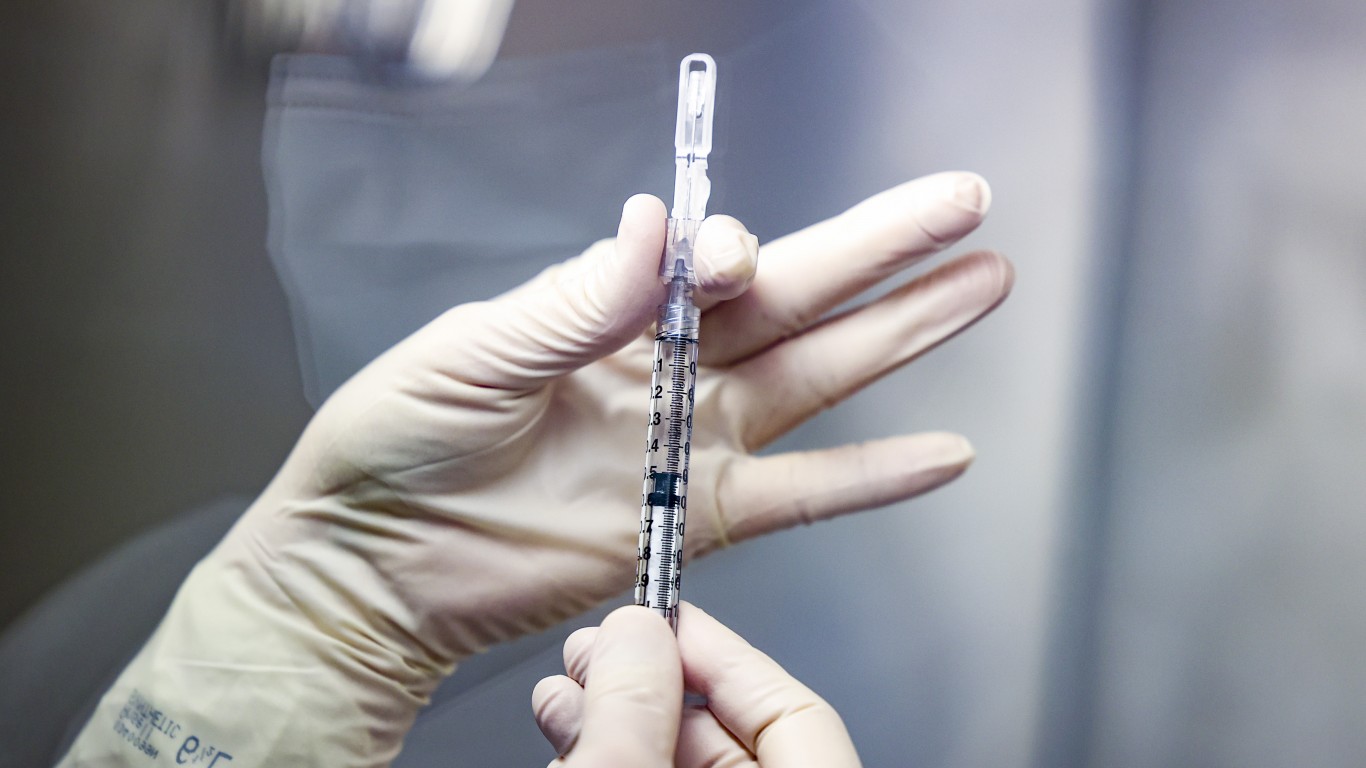
Vaccines might not be a lot of help
Scientists do not yet know if the three vaccines currently available are as effective against variants as they are against the version most frequently diagnosed in America. The Johnson & Johnson, Moderna, and Pfizer vaccines are as much as 94% effective in preventing serious occurrences of the disease, but as variants spread, that figure could change.
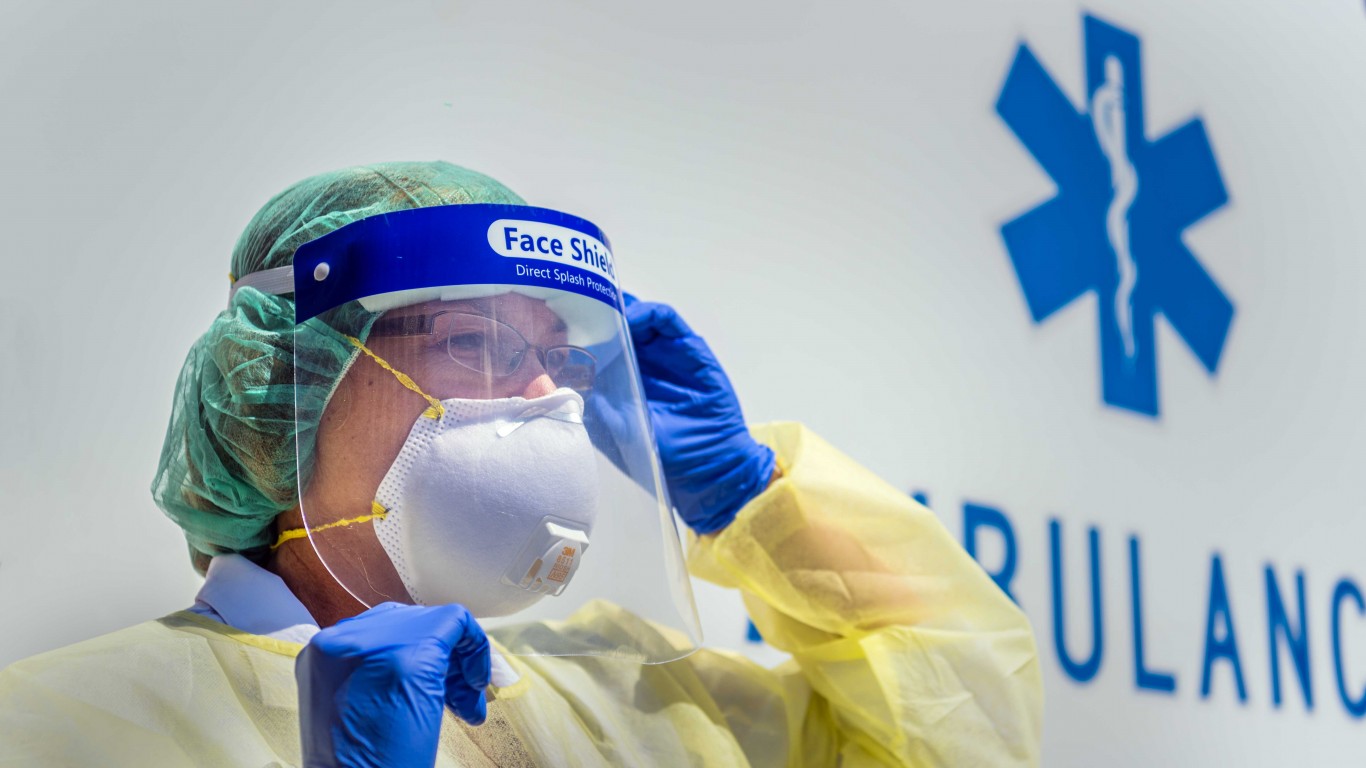
A fourth wave might be on the way
As 24/7 Wall St. reported earlier this week, a primary question about the disease is whether there will be a fourth wave of rapid spread. In other words, a fast and early reopening of the economy, combined with variants and a nation that has not been entirely vaccinated, could trigger another deadly phase of infections and deaths. Events that involve large numbers of people, unprotected by masks and social distancing, would only make matters worse.
The thought of burdening your family with a financial disaster is most Americans’ nightmare. However, recent studies show that over 100 million Americans still don’t have proper life insurance in the event they pass away.
Life insurance can bring peace of mind – ensuring your loved ones are safeguarded against unforeseen expenses and debts. With premiums often lower than expected and a variety of plans tailored to different life stages and health conditions, securing a policy is more accessible than ever.
A quick, no-obligation quote can provide valuable insight into what’s available and what might best suit your family’s needs. Life insurance is a simple step you can take today to help secure peace of mind for your loved ones tomorrow.
Click here to learn how to get a quote in just a few minutes.
Thank you for reading! Have some feedback for us?
Contact the 24/7 Wall St. editorial team.